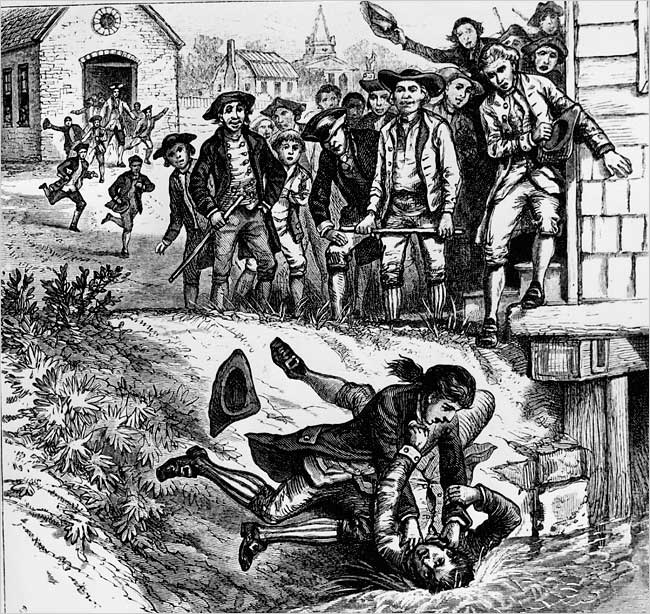| Want to send this page or a link to a friend? Click on mail at the top of this window. |
| More Books and Arts |
| Posted July 28, 2009 |
|
When Debtors Decide to Default |
|
|
|
|
 |
|
|
ENGRAVING FROM HULTON ARCHIVE/GETTY IMAGES |
|
| GETTING ANGRY In 1786, poor farmers in Massachusetts rebelled when creditors came calling: |
|
By DAVID STEREITFELD |
| Wehaitians.com, the scholarly journal of democracy and human rights |
| More from wehaitians.com |